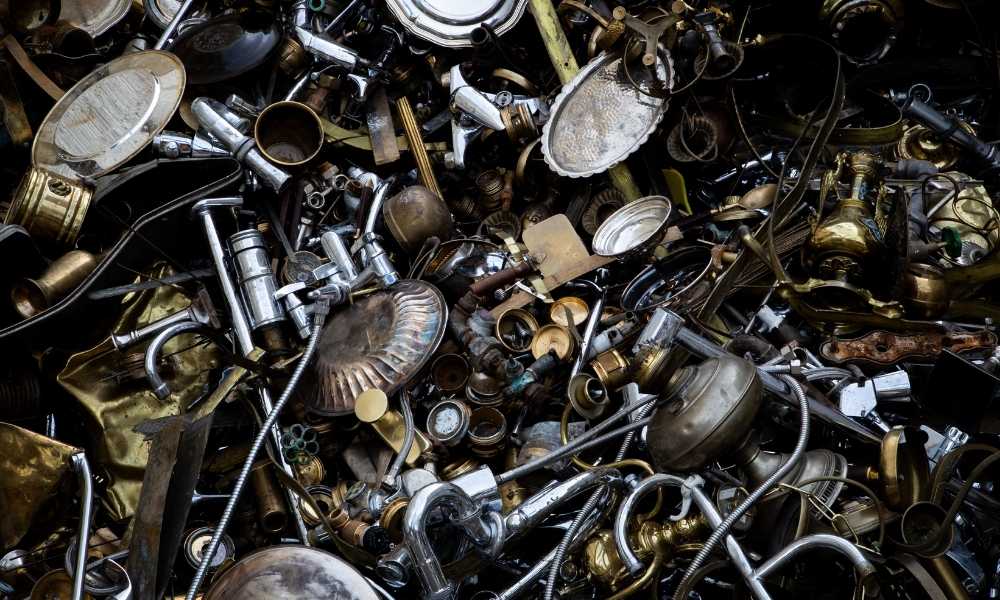Brass Recycling Melbourne

Brass is a brightly coloured alloy made of copper along with zinc. The malleability of brass is greater than zinc and bronze. It is also very simple to cast because of its low melting points (900-940 deg Celsius). This makes it perfect for numerous household uses.
The amount of zinc in an alloy determines the color of brass. A higher amount of zinc results in more luminescent material. The alloy will become more brittle when the zinc content rises, and the most delicate brass (white brass) is too delicate to be used in everyday use.
Brass is typically treated with lead or silicone to increase its ability to be machined. Safety and problems with contamination make it impossible for brass that has silicone cannot mix with lead brass.
Brass is utilized when it is required to have low friction, like in taps and ammunition casings and the locks and bearings or gears. The most known use for brass can be found in instruments, such as the trumpet, tube, and saxophone.
- Musical Instruments
- Ornaments
- Door Knobs
- Items for Plumbing
- Electrical Items
- Locks
- Bearings
- Ammunition Casings

The alloy of brass is made by combining metals. For the creation of brass, zinc, copper, and brass need to be incorporated before they are combined to create brass. This leads to a long manufacturing process cut down by recycling older items.
Brass remains one of our most popular scrap metals because we provide our customers with the most competitive prices. Brass can be found in most houses in things such as your bathroom and kitchen taps, door knobs, locks, musical instruments, and even many decorations due to its gold-like appearance.
How Much You Can Earn with Brass Recycling Melbourne?
Brass scrap prices change regularly, so you don’t want to prolong selling your material any longer than necessary. You will want to take it in quickly to get the best value. The prices you can get will depend largely on the grading of your Scrap Brass and the price of copper and zinc on the International Metal Exchange.

One of the main factors in grading any metal is the level of impurities. Impurities for brass include plastic coating, steel cords, lead, or other attachments used when the product is manufactured. Obviously, the fewer attachments, the cleaner the brass, and the higher the value of your brass scrap!
Different levels of impurities can give your brass a different classification; it’s a good idea to drop into one of our sites with a sample to obtain an accurate quote from one of our expert scrap buyers.
Brass Scrap Metal We Buy
Brass Mixed (Plumbers Brass or Honey Brass)
Brass Mixed consists of yellow brass solids, including brass castings, rolled brass, rod brass, tubing, and miscellaneous yellow brasses. Brass Mixed must be free of manganese-bronze, aluminum bronze, unsweated radiators or radiator parts, iron, and excessively dirty and corroded materials.
Coast Brass
Coast Brass will contain predominately mixed brass and other red brasses with steel or foreign attachments – Max 10% attachments. Generally, things like water meters and taps with zinc handle intact will be classed as coast brass.
Gun Metal
This brass has a higher copper content to have a deeper colour. Gun metal consists of red brass scrap, valves, machinery bearings, and other machinery parts, including miscellaneous castings made of copper, tin, zinc, and/or lead.
Brass Turnings
Brass Turnings are shavings that come from any brass that is machined or turned. Turnings consist strictly of rod turnings, free of aluminum, manganese, and composition, not to contain over 3% free iron, oil, or other moisture.
